As always, I would suggest looking for a development or evaluation board when designing with a new device. It would appear that (after a simple google search) there is a TI eval board available for the TPS61240.
Any quality eval/development board will include schematics and generally a PCB layout (especially with devices such as switch mode regulators that are very layout-dependent). As it turns out, TI has great eval boards, and the datasheet provided with this one includes a full board layout and schematic.
The eval board can be found here on Digikey, and the pdf document here directly from TI. This design combines three TPS61240 devices on the same board (different packages etc). The section relevant to the part you appear to be using is outlined on page 7 as a schematic, and includes the section of the board layout with the parts U11, L11, C11, etc. I would recommend you closely study this design and use it as a springboard for your design.
Also, it's not necessary, but I also recommend purchasing one of these eval kits. In this case the eval kit is relatively cheap at $50 USD (if not from Digikey, you should be able to get it direct from TI), and it always helps to have a working circuit to probe with a scope when searching for bugs.
As an aside, I would also seriously recommend that you improve your schematic drawing. It's one thing to ask the community for help on your design, but it's a completely different issue when we need to decipher (sorry if this is a bit blunt) schematics that are as poorly drawn as the one you have provided. I can tell that you are using Cadsoft Eagle as it is the package that I use personally, and there is literally no reason for drawings such as this. Parts should have designators, names, and values. Quality drawings not only help us, but they help you in the long run whether you need to debug a circuit or reuse it for another project; all you need to do is take the time to do things properly. If you need an example of a good schematic, look up other various evaluation boards. It doesn't matter what function they serve, you are merely looking at the schematic to take cues.


